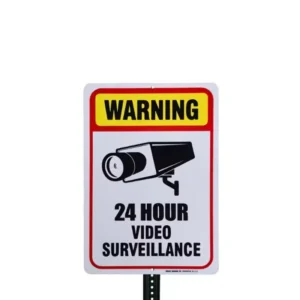
White Warning 24 Hour Video Surveillance Metal Signal Board Custom
200mm (8’’) LED Traffic Light 200mmsignal lights are mainly used
Home » Solar Powered Warning Lights
Eazytraffic is the premier choice for solar-powered warning lights. Our innovative lights offer a sustainable and cost-effective solution for traffic control. Key benefits include:
Experience the future of traffic control with Eazytraffic.
Contact us today for a customized solution.

Eazytraffic offers a diverse range of solar-powered warning lights designed to improve safety and visibility in various applications. These eco-friendly lights utilize solar energy for reliable operation, ensuring they remain functional day and night.

200mm (8’’) LED Traffic Light 200mmsignal lights are mainly used
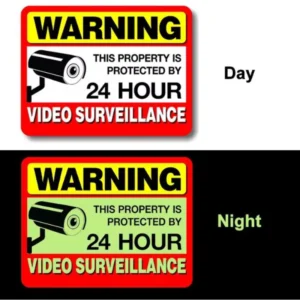
200mm (8’’) LED Traffic Light 200mmsignal lights are mainly used
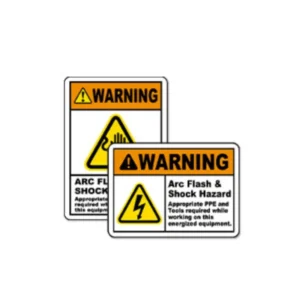
200mm (8’’) LED Traffic Light 200mmsignal lights are mainly used
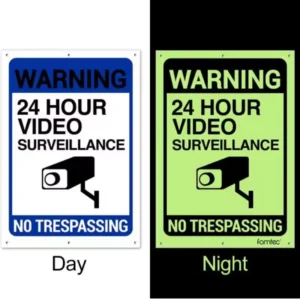
200mm (8’’) LED Traffic Light 200mmsignal lights are mainly used

200mm (8’’) LED Traffic Light 200mmsignal lights are mainly used
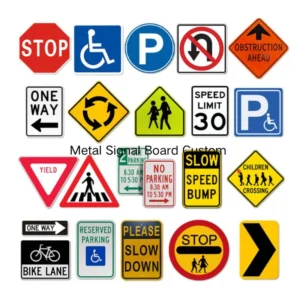
200mm (8’’) LED Traffic Light 200mmsignal lights are mainly used
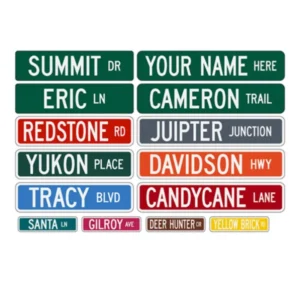
200mm (8’’) LED Traffic Light 200mmsignal lights are mainly used
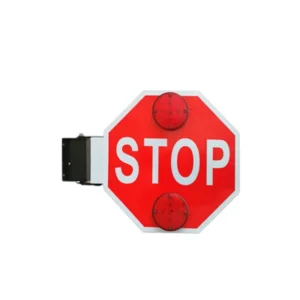
200mm (8’’) LED Traffic Light 200mmsignal lights are mainly used
Solar Powered Warning Lights utilize solar panels to absorb sunlight and convert it into electricity. This energy is stored in built-in batteries, which in turn power LED or other light-emitting sources during hours of darkness or when visibility is low.
Key Features:
Environmentally Friendly: By leveraging solar energy, these warning lights minimize carbon footprints and help in promoting renewable energy sources.
Economical: After the initial purchase and installation costs, solar-powered warning lights have minimal operational and maintenance expenses, making them a cost-effective long-term solution.
Self-sustaining: These lights can operate independently, proving advantageous in areas with inconsistent power supply or during power outages.
Adaptable Intensity: Many models offer adjustable brightness levels or flashing patterns, catering to different warning needs.
Durable and Weather-resistant: Built to withstand various climatic conditions, these lights are usually encased in robust and waterproof materials.
Applications: Solar Powered Warning Lights are versatile and can be used in:
Solar-powered warning lights are safety devices designed to provide visibility and alertness in various environments, such as construction sites, roadways, and emergency zones.
These lights use solar panels to convert sunlight into electrical energy, which charges an internal rechargeable battery. During low-light conditions, such as nighttime or overcast weather, the stored energy powers high-efficiency LEDs, producing bright illumination.
Many models are equipped with features like flashing or steady light modes to enhance visibility and signal different warnings, ensuring they effectively communicate important information to pedestrians and drivers.
Key specifications include luminous intensity (candela), light output (lumens), solar panel capacity (watts), and battery specifications (ampere-hours). Typical luminous intensity for warning lights ranges from 200 to 2,000 candelas, ensuring visibility from considerable distances. Battery capacity often varies between 12Ah to 100Ah, allowing for extended operation during cloudy days. The lights are usually rated for an operational temperature range of -30°C to +60°C, with durable casings made from materials like polycarbonate or aluminum, providing IP ratings of at least IP65 for water and dust resistance.
The lifespan of batteries in solar-powered warning lights varies based on the type of battery used and operating conditions. Most lights utilize sealed lead-acid (SLA) or lithium-ion batteries, with lifespans ranging from 3 to 7 years. Proper maintenance, such as ensuring the solar panels are clean and unobstructed, can significantly extend battery life. Additionally, some advanced models feature smart battery management systems that optimize charging and discharging cycles, enhancing overall longevity and performance.
The advantages of solar-powered warning lights include cost-effectiveness, as they require no electricity from the grid, reducing long-term operational costs. Their installation is generally easier and more flexible since they don’t need electrical wiring, making them ideal for temporary or remote locations. These lights also contribute to sustainability by utilizing renewable energy. Additionally, they often feature low maintenance requirements due to fewer mechanical components and the absence of traditional power supplies, making them reliable in various conditions.
Yes, solar-powered warning lights are designed to function in various weather conditions, including rain, snow, and extreme temperatures. Many models come with protective casings that are weather-resistant and UV-stabilized to prevent degradation from sunlight. However, performance may be affected during prolonged periods of low sunlight, so it’s essential to select models with sufficient battery capacity for your specific environment. Some advanced lights are equipped with backup systems to ensure consistent operation, even during adverse weather conditions.
Send Your Inquiry Today

